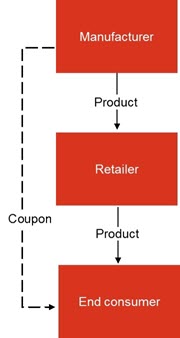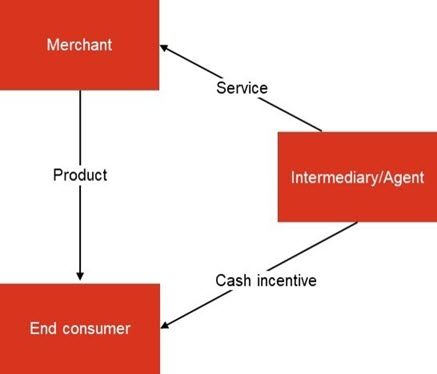Consideration payable to a customer is recorded as a reduction of the arrangement's transaction price, thereby reducing the amount of revenue recognized, unless the payment is for a distinct good or service received from the customer. Refer to
RR 3 for a discussion on determining when a good or service is distinct. Consideration paid for a distinct good or service is accounted for in the same way as the reporting entity accounts for other purchases from suppliers.
Determining whether a payment is for a distinct good or service received from a customer requires judgment. A reporting entity might be paying a customer for a distinct good or service if the reporting entity is purchasing something from the customer that is normally sold by that customer. Management also needs to assess whether the consideration it pays for distinct goods or services from its customer represents the fair value of those goods or services. Consideration paid that is in excess of the fair value of the goods or services received reduces the transaction price of the arrangement with the customer because the excess amounts represent a discount to the customer.
It can be difficult to determine the fair value of the distinct goods or services received from the customer in some situations. A reporting entity that is not able to determine the fair value of the goods or services received should account for all of the consideration paid or payable to the customer as a reduction of the transaction price since it is unable to determine the portion of the payment that is a discount provided to the customer.
Example RR 4-24, Example RR 4-25, Example RR 4-26, and Example RR 4-27 illustrate the accounting for consideration payable to a customer. This concept is also illustrated in Example 32 of the revenue standard (
ASC 606-10-55-252 through
ASC 606-10-55-254).
EXAMPLE RR 4-24
Consideration payable to customers – no distinct good or service received
Producer sells energy drinks to Retailer, a convenience store. Producer also pays Retailer a fee to ensure that its products receive prominent placement on store shelves (that is, a slotting fee).
How should Producer account for the slotting fees paid to Retailer?
Analysis
Producer should reduce the transaction price for the sale of the energy drinks by the amount of slotting fees paid to Retailer. Producer does not receive a good or service that is distinct in exchange for the payment to Retailer.
EXAMPLE RR 4-25Consideration payable to customers – payment for a distinct service
MobileCo sells 1,000 phones to Retailer for $100,000. The contract includes an advertising arrangement that requires MobileCo to pay $10,000 toward a specific advertising promotion that Retailer will provide. Retailer will provide the advertising on strategically located billboards and in local advertisements. MobileCo could have elected to engage a third party to provide similar advertising services at a cost of $10,000.
How should MobileCo account for the payment to Retailer for advertising?
Analysis
MobileCo should account for the payment to Retailer consistent with other purchases of advertising services. The payment from MobileCo to Retailer is consideration for a distinct service provided by Retailer and reflects fair value. The advertising is distinct because MobileCo could have engaged a third party who is not its customer to perform similar services. The transaction price for the sale of the phones is $100,000 and is not affected by the payment made to Retailer.
EXAMPLE RR 4-26Consideration payable to customers – payment for a distinct service in excess of fair value
MobileCo sells 1,000 phones to Retailer for $100,000. The contract includes an advertising arrangement that requires MobileCo to pay $10,000 toward a specific advertising promotion that Retailer will provide. Retailer will provide the advertising on strategically located billboards and in local advertisements. MobileCo could have elected to engage a third party to provide similar advertising services at a cost of $8,000.
How should MobileCo account for the payment to Retailer for advertising?
Analysis
The amount of the payment that represents fair value of the advertising service ($8,000) is accounted for consistent with other purchases of advertising services because it is consideration for a distinct service. The excess amount of the payment over the fair value of the services ($2,000) is a reduction of the transaction price for the sale of phones. The transaction price for the sale of the phones is $98,000.
Consideration payable to customers — advertising allowance
Manufacturer enters into a contract to sell toys to Retailer. As part of the contract, Manufacturer agrees to provide Retailer an advertising allowance equal to 3% of total purchases made by Retailer, payable at the end of each quarter. Retailer has discretion over use of the allowance and is not required to provide Manufacturer with supporting documentation of how the allowance was utilized.
How should Manufacturer account for the advertising allowance?
Analysis
Manufacturer would likely conclude in this fact pattern that it does not receive a distinct good or service in exchange for the allowance paid to Retailer. The allowance is in substance a discount on the purchases made by Retailer. Manufacturer should therefore account for the allowance as a reduction of the transaction price of the toys sold to Retailer.














